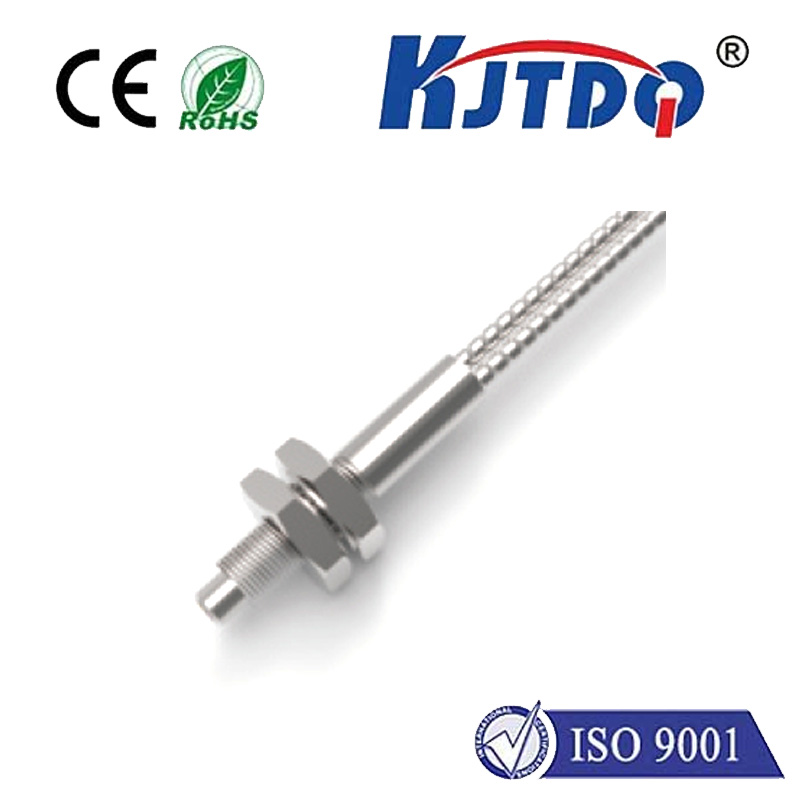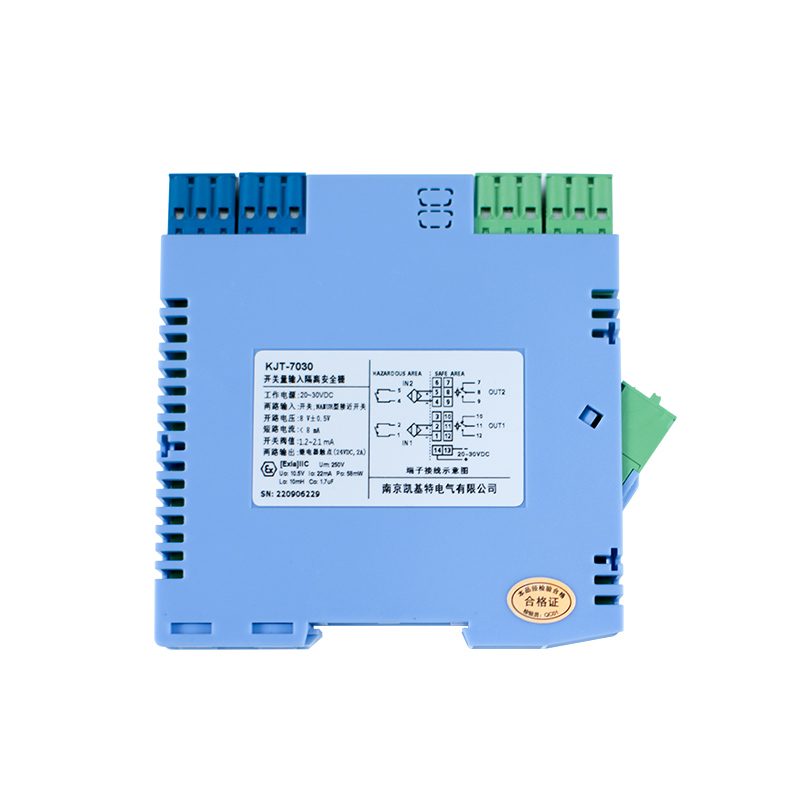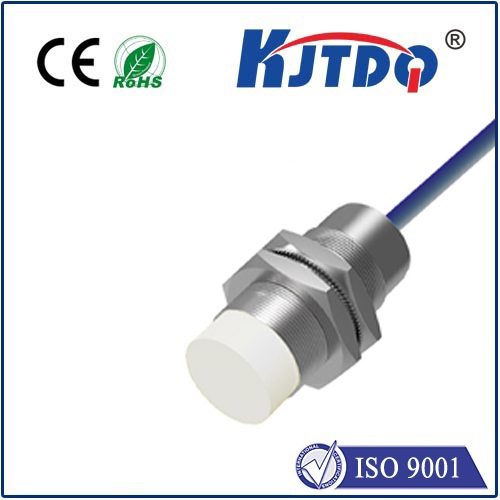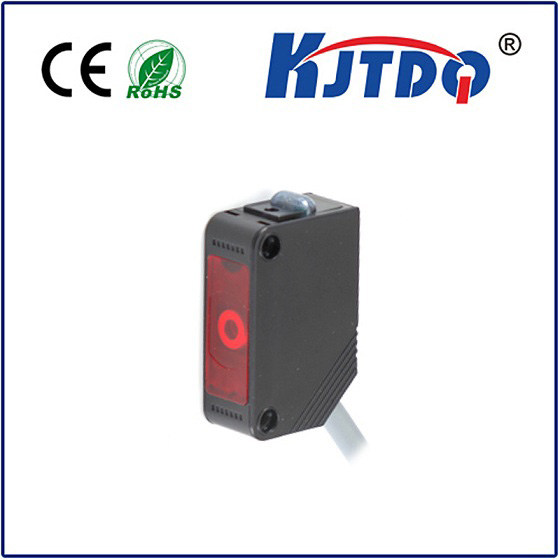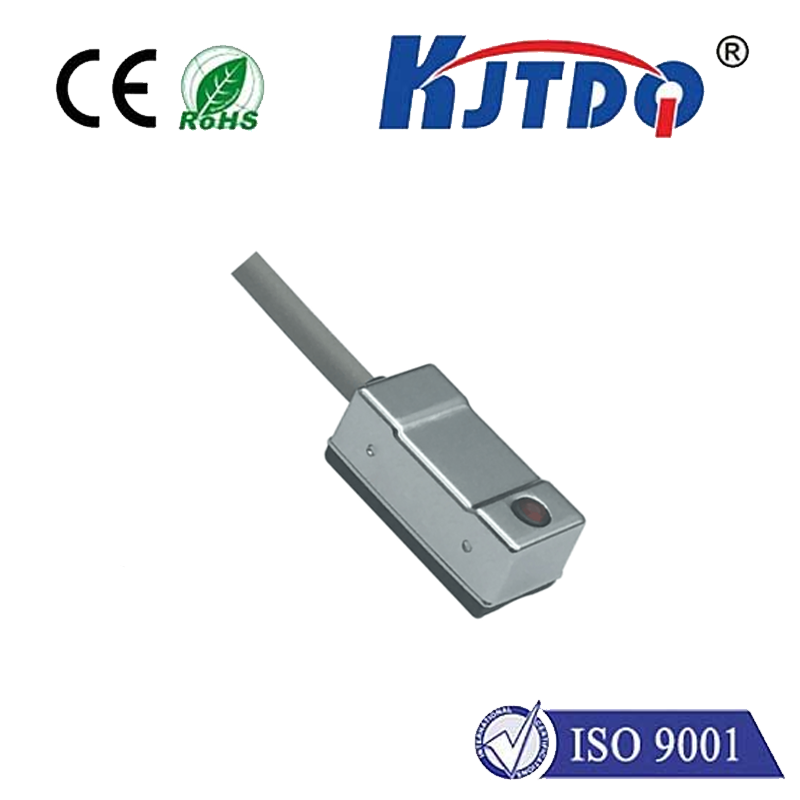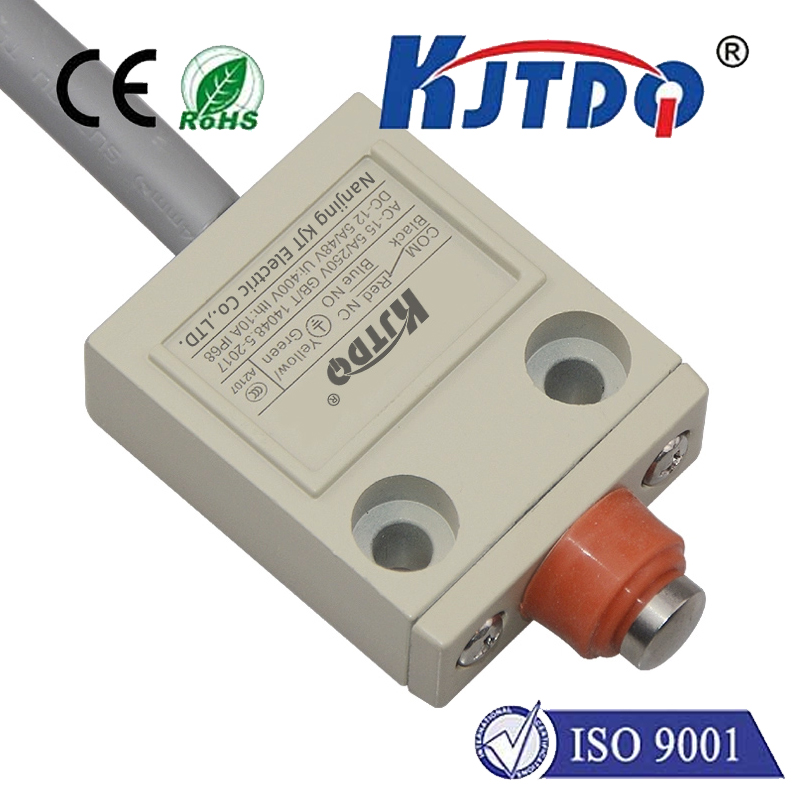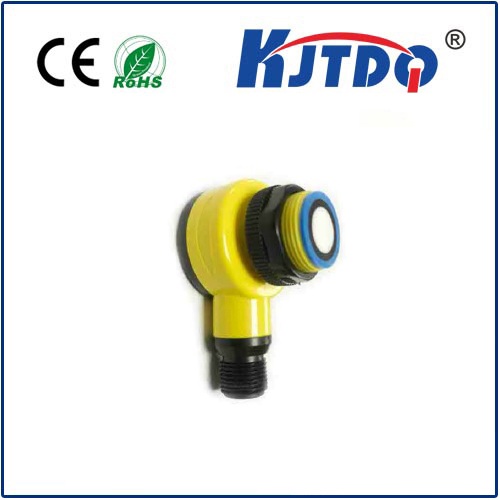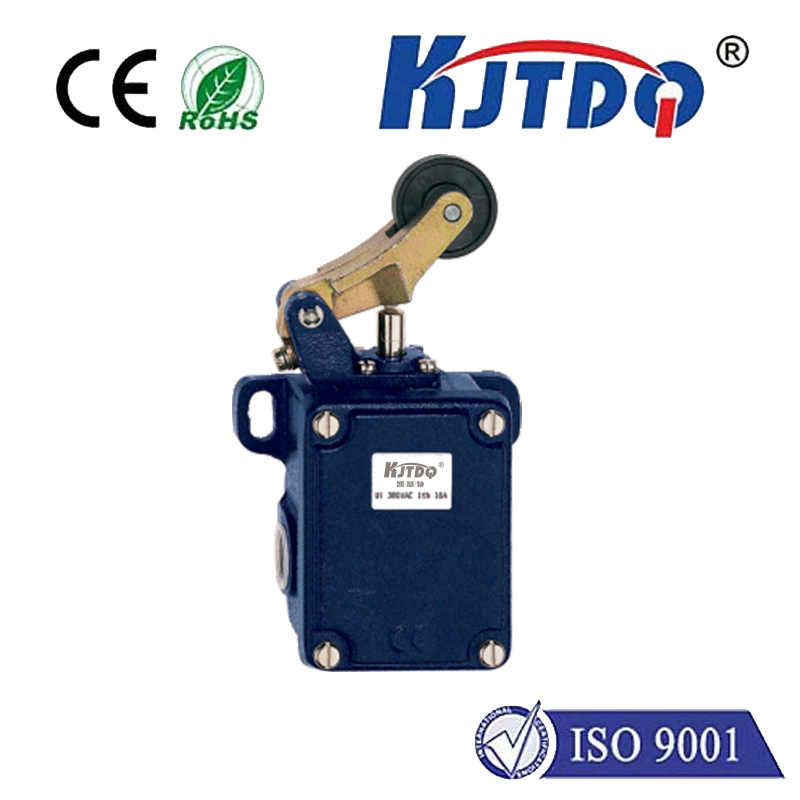

check

check

check

check

check

check

check

check

check

check
Fiber optic photoelectric sensors have become increasingly important in a variety of industries due to their ability to transmit data over long distances at high speeds. These devices work by converting light into electrical signals, enabling them to detect and measure physical quantities such as temperature, pressure, and strain. In this article, we will explore the benefits and applications of fiber optic photoelectric sensors in modern technology.

One of the key advantages of fiber optic photoelectric sensors is their high level of accuracy. Unlike traditional electronic sensors, which can be affected by electromagnetic interference, fiber optic sensors are immune to these types of disturbances. This makes them ideal for use in environments where precision and reliability are critical. Another benefit of fiber optic photoelectric sensors is their durability. They are less likely to be damaged or worn out than traditional electronic sensors, making them more cost-effective in the long run. Additionally, they require less maintenance and can operate in harsher environments, such as those with high levels of radiation or extreme temperatures.
Fiber optic photoelectric sensors have a wide range of applications across various industries. One major application is in the field of telecommunications, where they are used to transmit data over long distances at high speeds. This allows for faster internet speeds and more reliable communication networks. In the medical field, fiber optic photoelectric sensors are used in a variety of diagnostic tools, such as endoscopes and MRI machines. They allow doctors to get a clearer image of the patient’s body, leading to more accurate diagnoses and better treatment outcomes. Fiber optic photoelectric sensors are also used in industrial settings for monitoring machinery and equipment. By detecting vibrations, temperature changes, and other indicators of potential problems, these sensors can help prevent costly downtime and extend the lifespan of machinery.
As technology continues to advance, the applications for fiber optic photoelectric sensors are only expected to grow. Researchers are constantly developing new ways to improve the accuracy, durability, and flexibility of these devices, paving the way for even more innovative uses in the future. In conclusion, fiber optic photoelectric sensors offer numerous benefits and opportunities for various industries. Their high level of accuracy, durability, and versatility make them an essential tool in modern technology. As we continue to push the boundaries of what is possible, it is likely that we will see even more exciting developments in this field.
